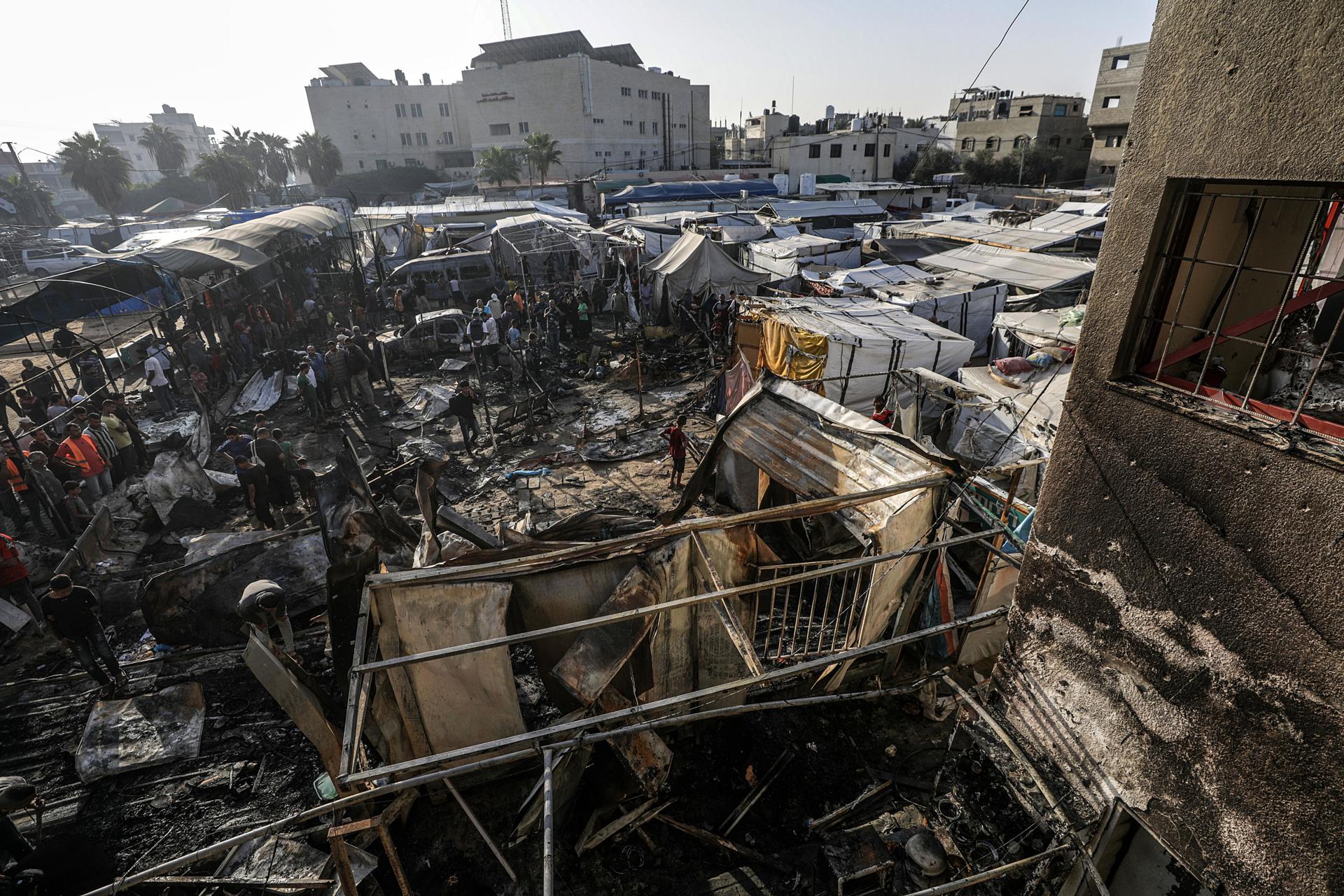The environmental impact left by an armed conflict is devastating. Whether due to deliberate acts of destruction or collateral damage, or due to the weakening of environmental governance at those times.
In some cases, conflicts affect key infrastructures and natural resources, which can have prolonged effects on people and the planet in general.
In this context, and on the occasion of the Day for the Prevention of the Exploitation of the Environment in War and Armed Conflicts, the UN Environment Programme sent a strong message.
The environmental impact of armed conflict
“These direct and indirect environmental impacts degrade ecosystems, worsen biodiversity loss, threaten public health, and undermine livelihoods,” highlighted the Programme.
Therefore, managing the aftermath requires careful planning and coordinated efforts to ensure sustainable recovery that protects both people and the planet.
In this sense, to achieve the objectives, “world leaders and everyone must do their part to protect the planet from the harmful effects of war on humanity.”
“UNEP supports countries to prepare for and recover from the environmental consequences of conflicts and crises,” they stated.
The devastating environmental impact of war in Gaza

The war in the Gaza Strip seems to have no end, and the consequences are tragic in every way, with international humanitarian organizations constantly warning about them.
Now, the devastating environmental impact brought by the armed conflict has also been confirmed.
Unprecedented emergency levels have been reached since World War II, as organizations have warned. More than 40,000 people killed, millions displaced, infrastructure demolished, lack of food and water.
The constant attacks have affected livelihoods, public health, sanitation, education, and the environment.
Have you already visited our YouTube channel? Subscribe now!

